Loop gallery: 15 unusual artists of our time
Featuring artworks by Loop artists and guests is a chance to get to know some of the diverse talents that make up our community – and maybe find the perfect holiday gift for the art lover in your life.
Table of Contents
-
Loop gallery: 15 unusual artists of our time
- Eunha Kim: loop of Nong-Ak
- Did You Know That…
- Jenn Law: loop of print
- Kipjones: loop of space
- Mark Adair: loop of self-destruction
- Sung Ja Kim: loop of time layers
- Tanya Cunnington: loop of memories
- Thelma Rosner: loops of nations and religions
- Sandra Smirle: loop of mapping
- Gary Clement: NATURE BOY
- Questions with Candida Girling
- Lanny Sherek: Almost Human
- Linda Heffernan: Connectivity
- Carolyn Dinsmore: Rock Water Time
- Sheryl Dudley: The Sea Was Never Blue
- J. Lynn Campbell: Soliloquy
In today’s digital age, online gambling has become a prominent part of popular culture, influencing various forms of media and entertainment, including art. The themes and imagery found in online slot games often draw from cultural and societal motifs, much like the artwork showcased in galleries. This crossover not only reflects current trends but also impacts the perception and creation of modern art, showing how interconnected these seemingly disparate worlds can be.
The change in perception of everyday spaces brought by environmental threat could be anything from premature nostalgia to zealous protection; in other words, the threat of destruction highlights the fragility and importance of areas typically taken for granted, rendering them sacred. In exploring the tension between sacredness and destruction, two essential questions must be asked:
- What amount of threat to space makes it sacred?
- What amount of damage to space does it eliminate that sacredness?
Eunha Kim: loop of Nong-Ak
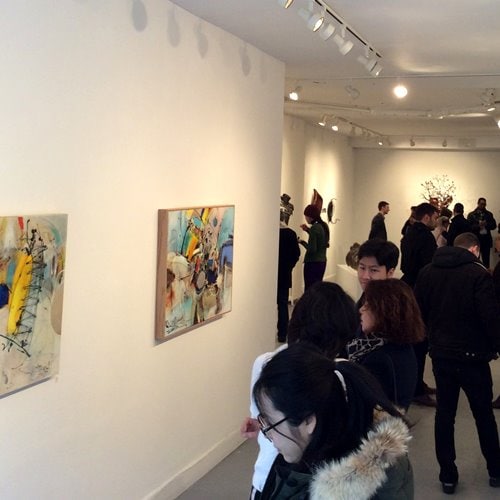
Originally from Seoul Korea and now living in Toronto, Eunha Kim’s work is inspired by “Nong-Ak“.
Nong-Ak is a traditional Korean music/dance performed by farmers, and it not only illustrates the roots of Korean folk people back ages before but their energy. During farm work and on rural holidays, Nong-Ak was performed to wish for a good harvest and to celebrate holidays. It involved dancing and drumming as an expressive art form.
“I try to represent and visualize the sound and movement of Nong-Ak through my work. The dynamic, head-spinning motions of dancing farmers deliver the excitement to express the joy of life and my painting uplift one’s feeling as if you are part of Nong-Ak performer”, says Eunha Kim, “my brushstrokes fly to the rhythm of Nong-Ak”.
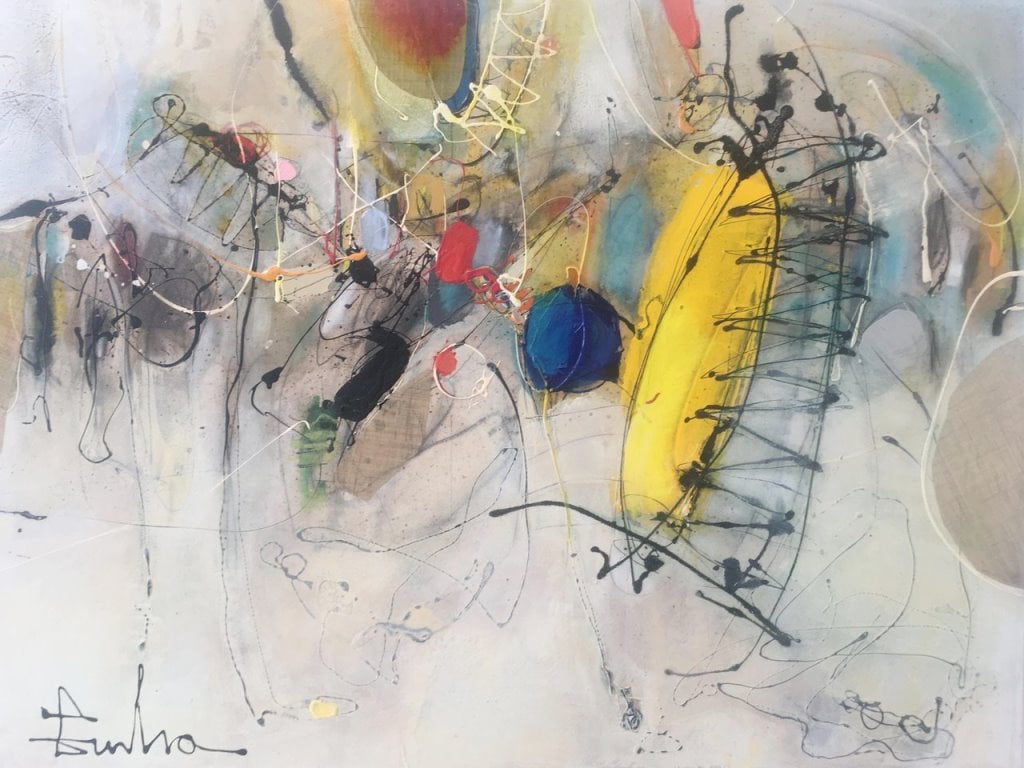
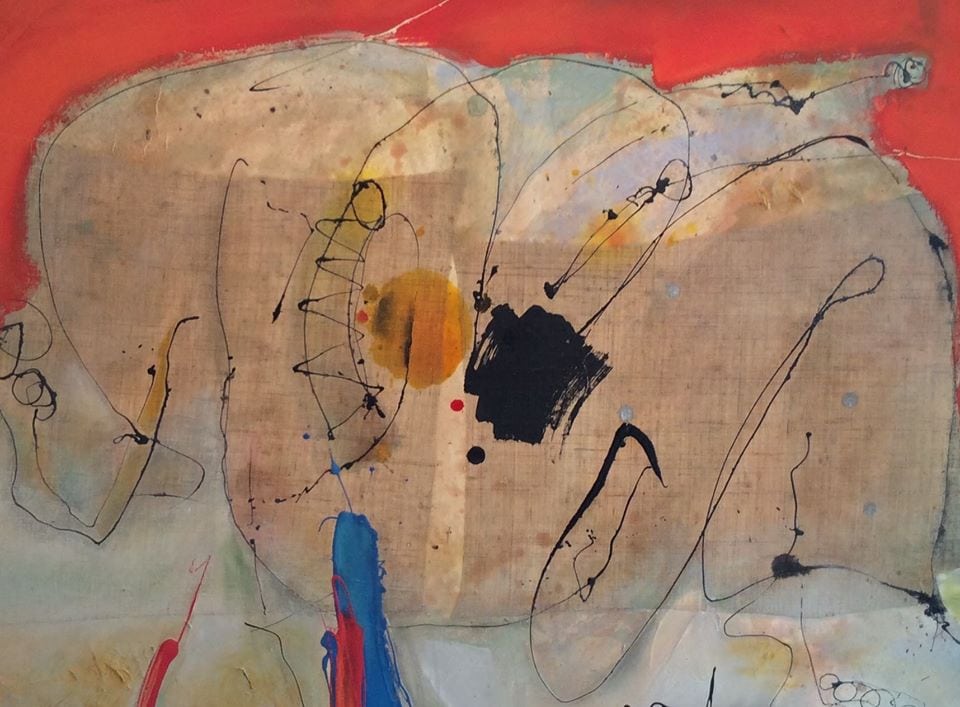
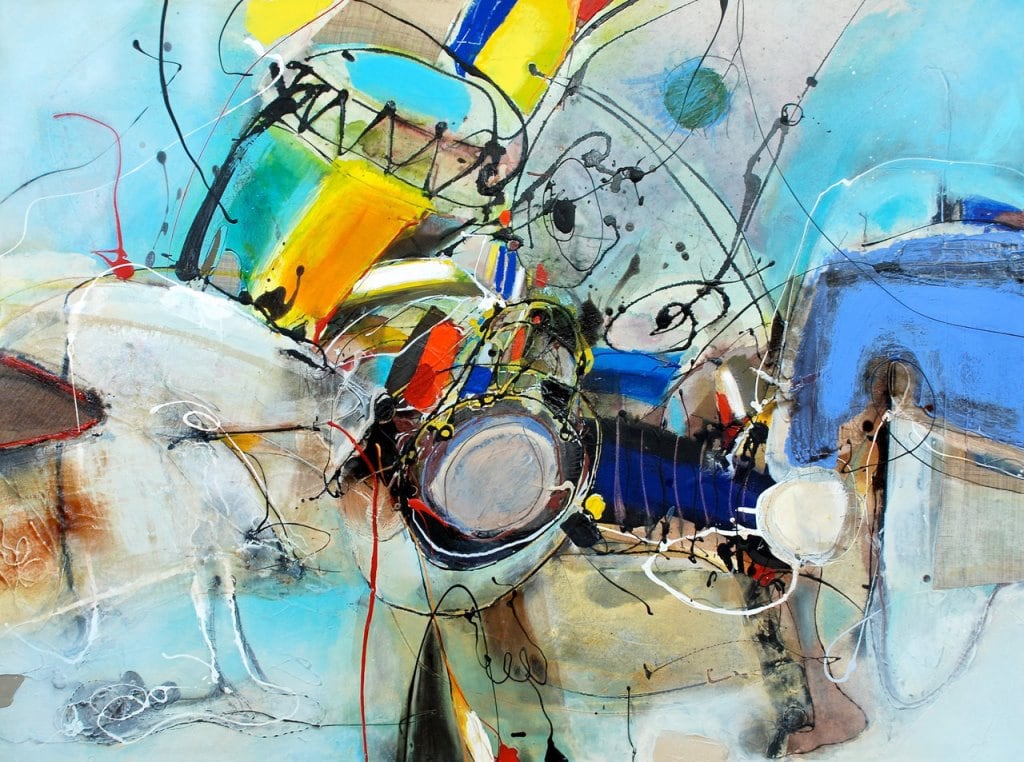
Did You Know That…
In a surprising twist of art meeting technology, some online casinos have ventured into digital art and showcased works far beyond traditional gaming aesthetics. These platforms now feature NFTs (non-fungible tokens) created by artists of global repute like Damien Hirst and Beeple. What’s fascinating is the real-world value of these digital artworks, with some pieces fetching millions in the art market. This innovative fusion illustrates the evolving landscape of digital art, where online casinos are emerging as contemporary virtual galleries. For a closer look at this exciting development, check out Loop Gallery’s insights on real-money online casinos, where the intersection of digital art and online gaming is shown in depth.
Jenn Law: loop of print
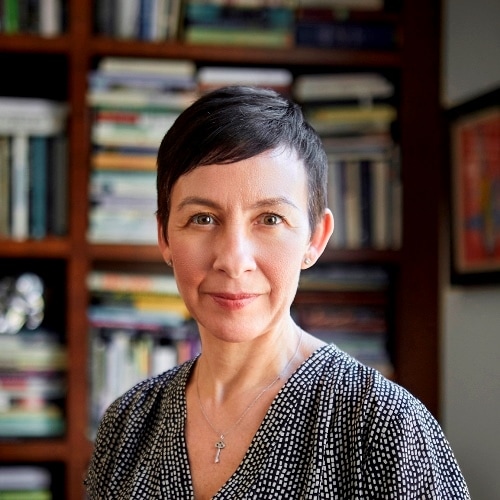
Inspired by Jorge Luis Borges’s contention that a book is “an axis of innumerable relationships”, Jenn Law examines print culture, bibliophilia, and textuality through the close material readings of several key texts.
Working with hand-cut and altered found books, 3-D printed objects and traditional print processes, Law engages evolving technologies as to how we continuously reinvent ourselves. In the face of contemporary debates surrounding the purported crisis in print culture, she contemplates the future of the book, our fetishization and attachment to its physical object-form, and our desire to collect and possess the knowledge contained therein.
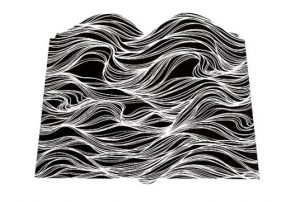
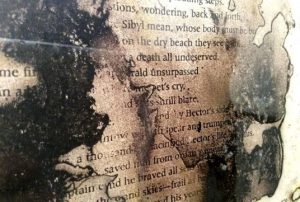
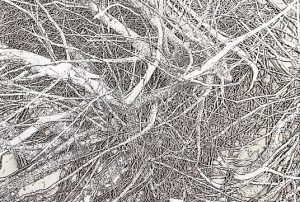
Visit jennlaw.com to learn more.
Kipjones: loop of space
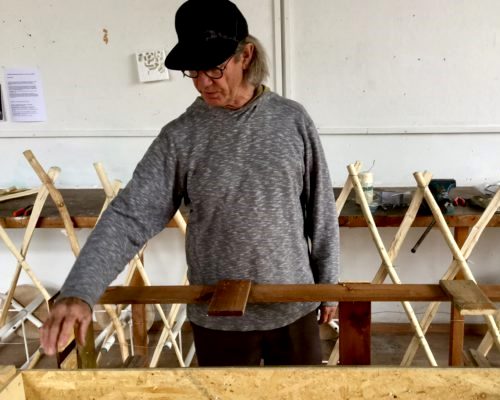
His artistic research addresses the complex potentialities of space through immersive site-specific installations, public art, drawing, collage, performance and object making. Conceptually Kipjones thinking on a sculpture is formulated on Walter Benjamin’s notion of Image Space (bildraum) where the potentiality of the created image/shape forms a new discourse with the existing space1.
Although Benjamin was initially speaking in the 1930s of surrealism, contemporary sculpture and installation constantly re-evaluate, expand, and transform this concept of the malleable parameters of the site.
Contemporary three-dimensional genre invites engagement in a dialogue with notions of sculptural gesture through scale, interactivity, space and time.
“Therefore, I see my work as an investigation of the margins between dimensionality and mark-making where the installations consider the site-specific nature of the exhibition space as a basic and initial element in the re-defining process spatial parameters.”
Over the past decade, his works have charted the manifestations of the drawing process in brief, inter-active and conceptual forms. In Drawing Devices, a series of seven works, many room-sized, complex-articulating arms are activated and manipulated by the engager.
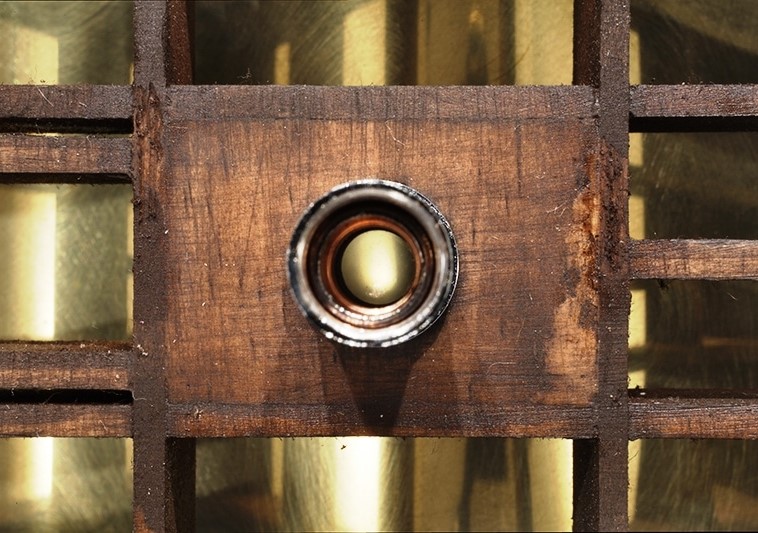
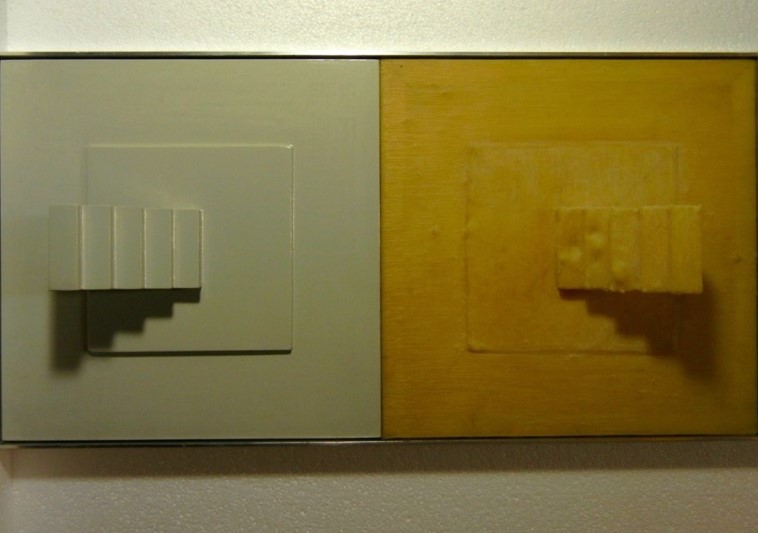
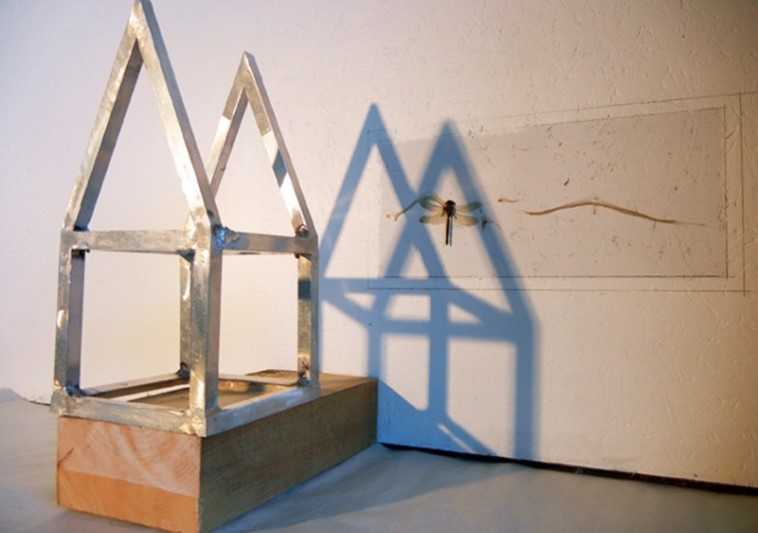
Through their brief encounters via these prosthetic-like devices, participants record their time through visible mark-making on large format paper. Over the length of the exhibition, these layered gestural lines create a map of accumulated inked pathways, a rich visual record of those interactive moments.
Mark Adair: loop of self-destruction
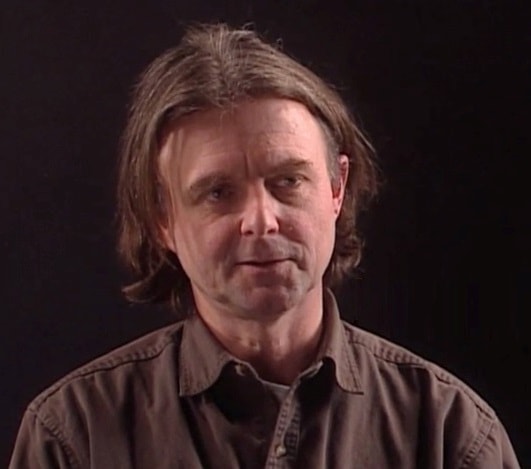
Mark Adair studied visual art at York University in the mid-seventies when there was a great deal of excitement and optimism around the question of what an artist could be and what an artist could hope to achieve. There was an open-ended, encouraging atmosphere of investigation and scholarship. What Adair took from the ’70s was a belief that every artist should have questions.
In the early ’80s, at grad school at the University of Victoria in B.C., Adair turned his attention to the environment and found himself asking the big question that he has been wrestling with ever since. Why can’t we contend with our own behaviour in the world? What is it about us that drives us to do such destructive things?
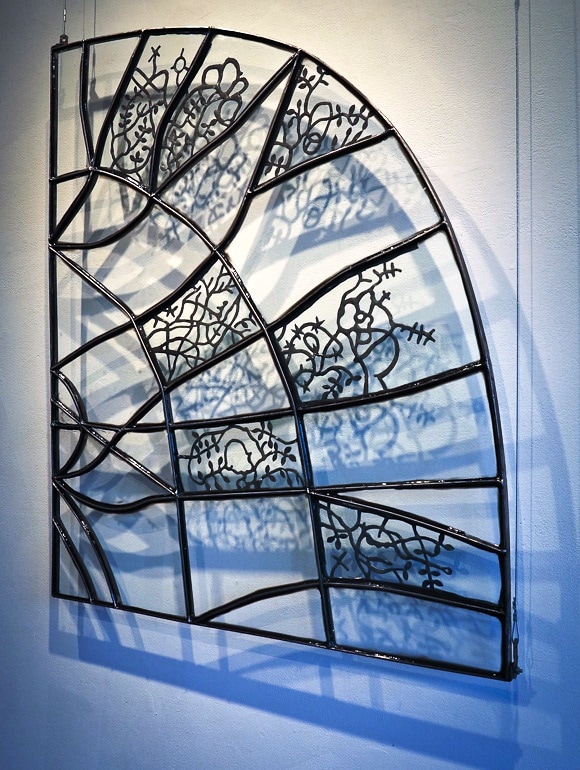
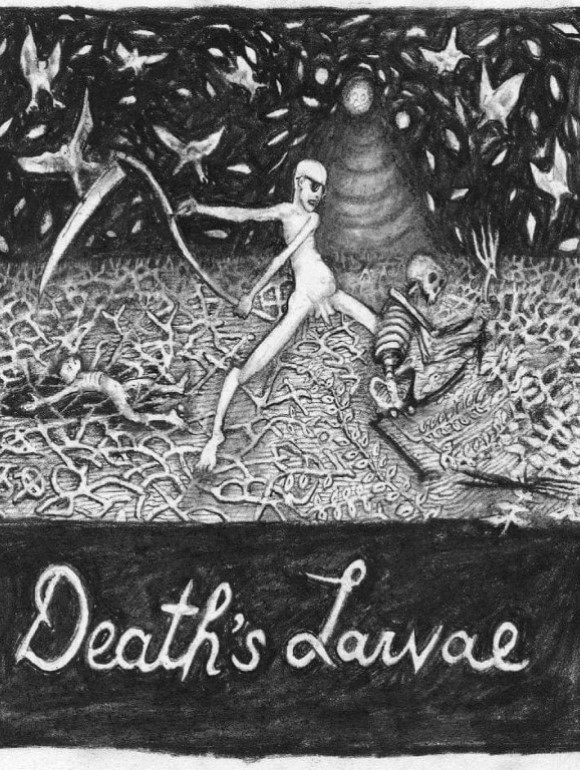
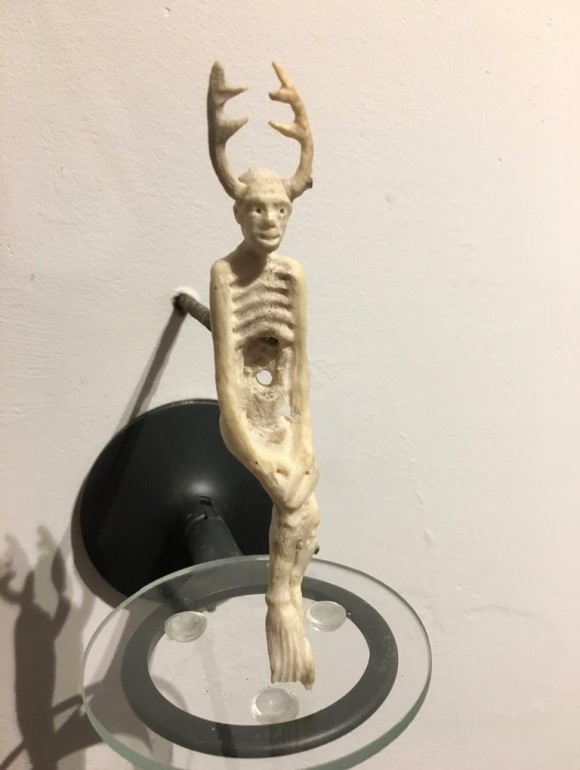
“The answering of the question has driven me to approach art history with a critical eye. Over the last three decades, I have specifically targeted the visual language of the medieval period to make pieces that investigate our myths and our attitudes towards the world around us. In these investigations, I have employed many media and recently have completed a ten-year narrative drawing series about the adventures of death in the modern world.” Mark Adair, 2010
Sung Ja Kim: loop of time layers
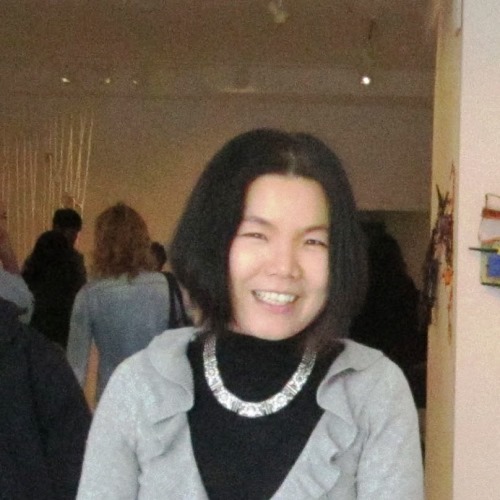
“My works envision human life as being comprised of layers at memories, emotions, challenges and wounds. The accumulation of these layers in each of our layers makes our characters.”
Sung Ja Kim’s works also communicate how each of our character formations enables each of us to support others and help them build the layers of their own lives.
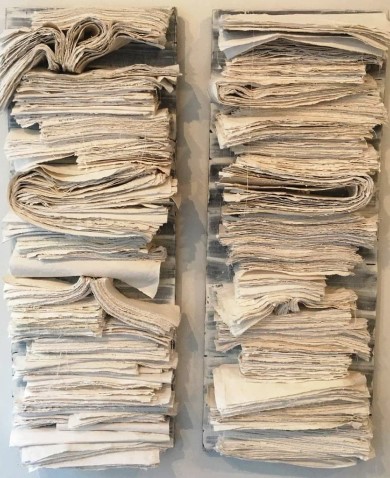
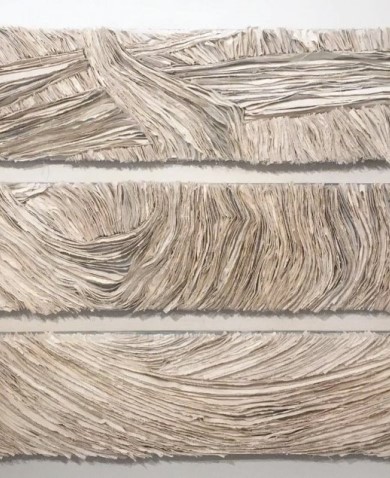
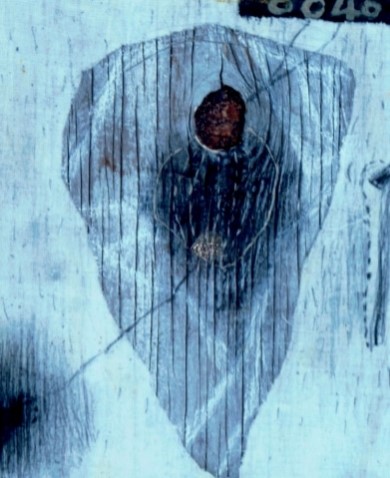
Tanya Cunnington: loop of memories
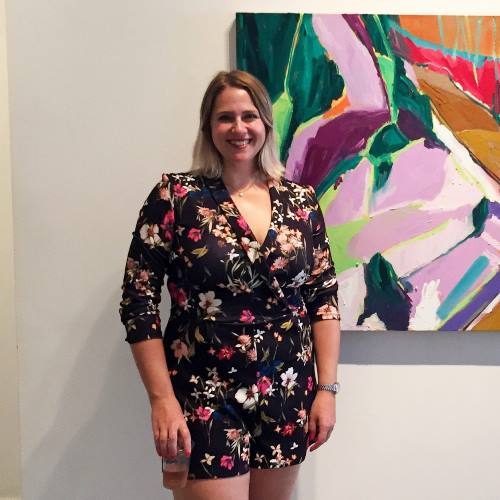
“My work has, for many years, been inspired by personal nostalgia. This particular body of work is derived from the significant events of the last year and a half of my life and the many changes within that time frame, including pregnancy, the birth of my son, the deaths of loved ones, and moving back to my home town”.
After a long exploration with collage and mixed media, Tanya has returned to painting, combining both imagery and abstraction. In the past, she relied on collaged items to trigger memories and create personal meaning within each painting. Now, through paint, Cunnington is relying on the subject matter to convey a sort of visual diary. Each picture is also very much about the moment she creates it, which in itself becomes very nostalgic for her.
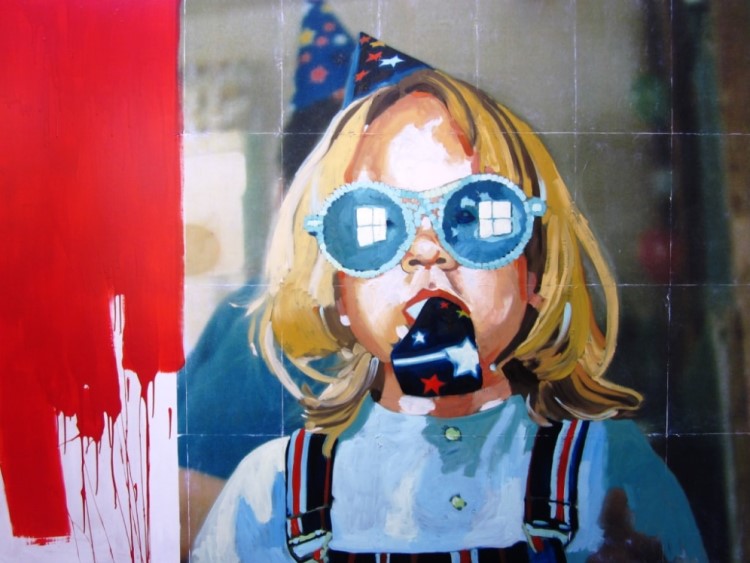
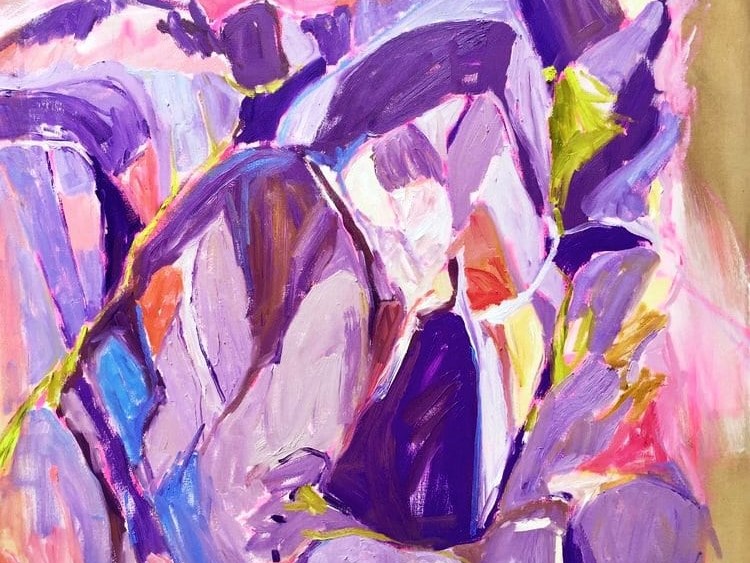
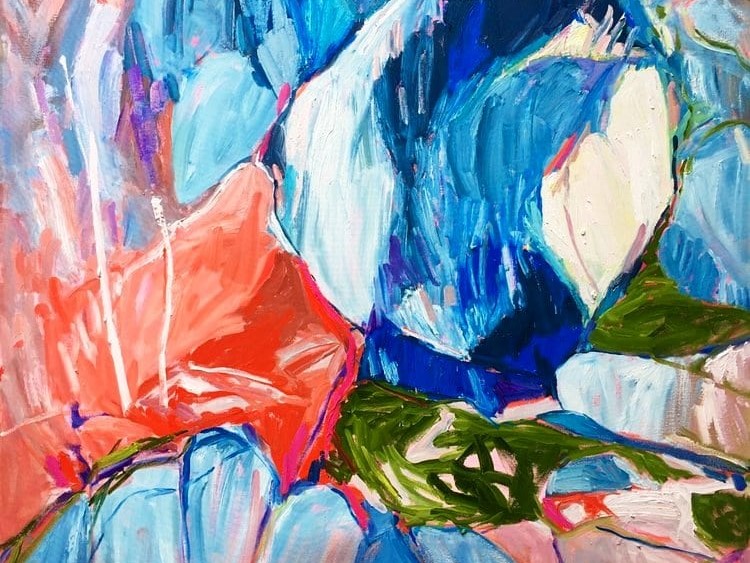
“Ultimately, each of us has unique personal experiences, and therefore a set of unique personal memories. It is the nostalgia for these memories that I think we can all understand and share. In seeing my work, I aim to encourage this sense of longing within my viewers as well.”
Visit tanyacunnington.com to learn more.
Thelma Rosner: loops of nations and religions
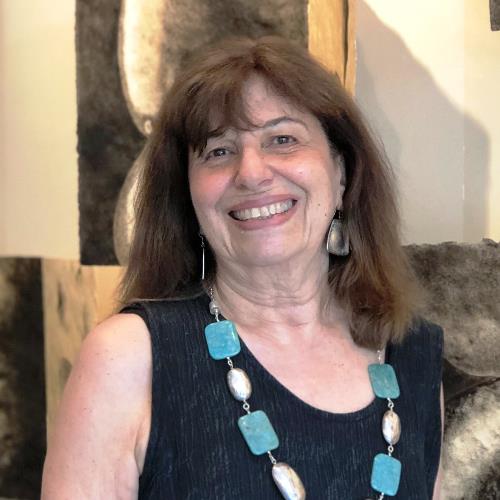
Thelma Rosner studied painting at the University of Western Ontario with Paterson Ewen. Her recent work is presented in installations involving painting, digital printmaking and sculpture. Its subject matter often refers to social and political issues. Her work has been exhibited in Canada, the USA and England.
She has received grants from the Canada Council for the Arts and the Ontario Arts Council.
Concern about national and religious conflict has been the subject of much of Thelma’s recent artistic practice. In her exploration of these issues, she first considered Jewish–Muslim relations in both historical and contemporary contexts, from Andalusia’s magnificent culture to the complexities and pathos of today’s Israel-Palestine.
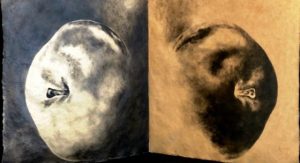
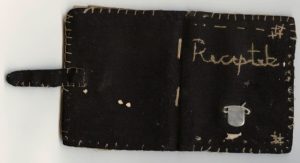
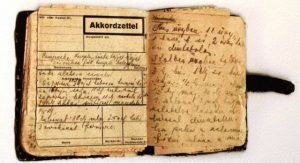
“More recently, my large cross stitch paintings consider the tribalism and conflict that seems to be an epidemic in our crazy world. The Cross Stitch paintings contain direct references to both Afghan war rugs and Palestinian cross-stitch embroidery. In their labour intensive process, they also bring to mind the desire of war’s innocent victims for control and stability.”
Sandra Smirle: loop of mapping
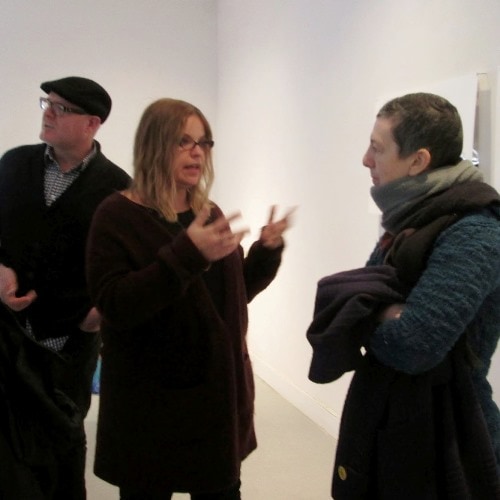
Omnipresent, in her practice, is the looming aura of geo-location and digital mapping technology – how it impacts the way we view our world and how we, in turn, are viewed by mechanisms designed to navigate our movements.
More recently, Sandra has begun exploring the specific role of digitally mediated surveillance in contemporary life and how new communication and surveillance technologies influence and regulate human behaviour.
“I see us as having entered an era in which we generally fear for a loss of personal privacy (pervasive data surveillance), while at the same time accepting that loss in exchange for a conceived recognition of security (panoptic monitoring), even embracing a ‘viewer society.’ It is readily accepted that things once personal (intimate) are open to public viewing or screening (synoptic logic of the Internet). Increasingly public and participatory, surveillance is now less a technology and more a way of seeing.”
Using these multiple lenses (panoptic, synoptic and optic), She attempts to explore the everydayness of surveillance and how it has infiltrated contemporary culture – how individuals consume it, feel protected by it and yet are also empowered by it.
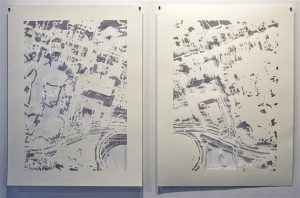
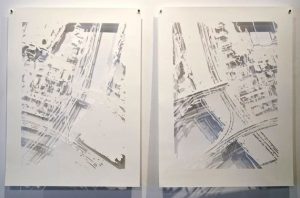
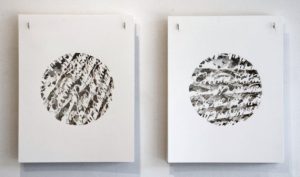
The source imagery that forms the basis of her pieces is evocative in both familiarity and sense of the unknown. It suggests a feeling of voyeurism, the information-enhanced view allowing for a reading, a survey, and seeing and being seen.
Visit sandrasmirle.com to learn more.
Gary Clement: NATURE BOY
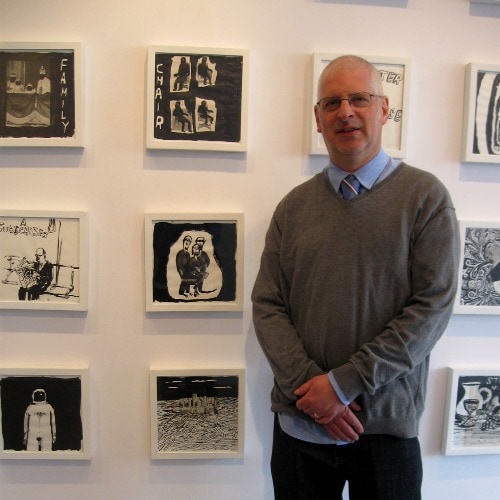
The paintings and drawings in NATURE BOY record Clement’s open and emotional response to the intense and overwhelming beauty of the landscape. He encountered them during his recent trips to the coast of Labrador and the Algonquin Park region. The pieces in this show address the wonder and variety of those often remote, always visually striking environments.
It is a show of multiple firsts for Clement… first time using oils, a first landscape show and a first time departing from his natural tendency to urban cynicism in favour of giving himself over entirely to an immersive and near-mystical experience of nature.
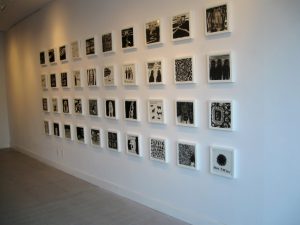
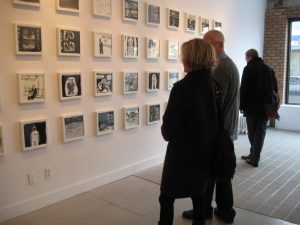
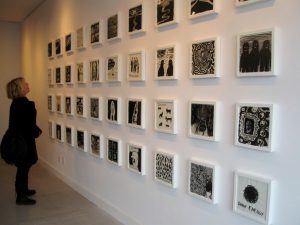
Gary Clement has been the editorial cartoonist for the National Post since 1998. His work has been published in The New York Times, The Guardian and The Wall St. Journal. He is also a writer and illustrator of children’s books and is a three-time nominee for the Governor General’s Award for Illustration. He won the award in 1999 for his book, The Great Poochini. This is his eighth show at Loop.
Loop Gallery is pleased to announce NATURE BOY, a new exhibition by Gary Clement.
Questions with Candida Girling
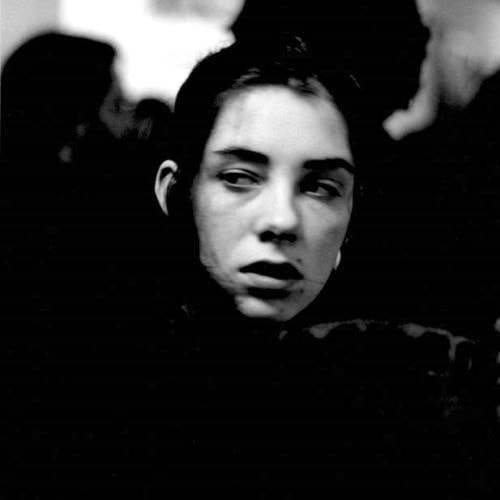
If you missed Candida’s last show Shifting Landscapes, here’s a photo recap with a little behind the scenes Q&A called 5 questions with Candida Girling. By Tara Cooper
What’s your elevator pitch for your current show?
“Shifting Landscapes explores the notion of the contemporary landscape in a world altered by human interaction,” to quote David Saric, who reviewed the show in ArtToronto.
What was your strategy for the install at Loop? Were there any challenges?
I tried to position the works, which were in 3 media (ink drawings, wood-engraved, carved and painted, and steel sculptures), in a way that they spoke to each other. Ultimately, all of the works began withdrawing and then brought to life through these different media. It was a relatively easy install, in contrast to some of my recent multi-media installations!
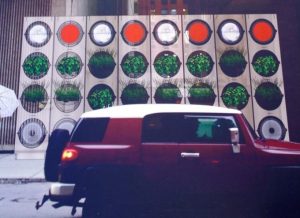
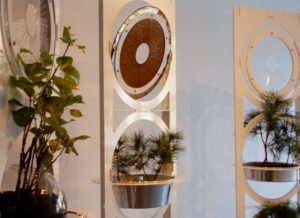
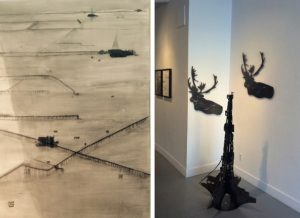
How do you spend your time when you’re not working in the studio?
Walking in the woods and the city, reading Italo Calvino, listening to music and practicing yoga.
What artist living or dead would you most like to have dinner with? What would you order? What question would you ask him/her?
I would like to have a picnic lunch with the late Swiss artist Jean Tinguely and his wife, Niki de Saint Phalle. We would dine in the garden of her sculpture park Giardino Tarocchi. I would also like to invite the late author Italo Calvino and contemporary artist and designer Olafur Eliasson, as he shares certain similar preoccupations.
Using wit and ingenuity, all of these artists question societal norms and ponder our relationship to history, nature and technology. They do these using elements drawn from the mundane and the absurd working them into compelling narratives.
We would dine on pears and cheese, as well as edible plants that we would forage for. Wine would be served in goblets poured to varying heights, and each person would have a set of spoons to play with. I would ask them for their strategies on dealing with the technological and societal changes in this new millennium.
What’s next in terms of your studio practice?
I would like to continue working with the media used in this show, exploring the same issues in more detail.
Lanny Sherek: Almost Human
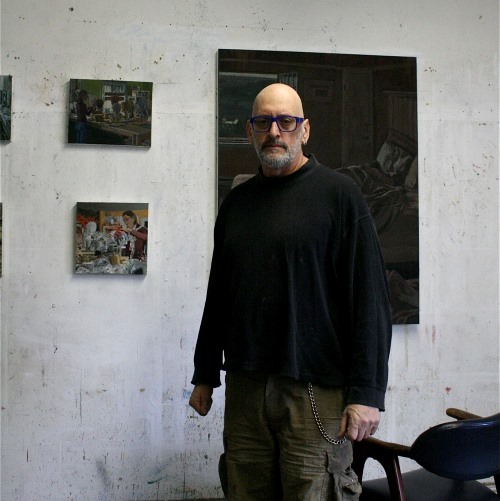
“We humans have, from the beginning, sought to project our humanity into the world around us. We have also been using inanimate materials to create images that represent us. We use stone, wood, metal, and paint to create images of ourselves. We have created powerful computers that try to make models of our minds and imagine new artificial beings,” says Lanny Sherek.
For this exhibition, Almost Human, he has created over 30 different painted heads. They are arranged vertically in totems of three, on alternating backgrounds of blue and red. Lanny tried to animate them by giving each a distinct character or personality, yet they all share a mechanical-like construct.
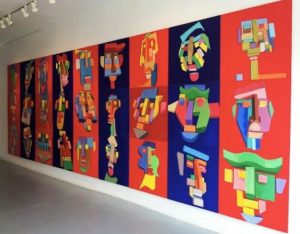
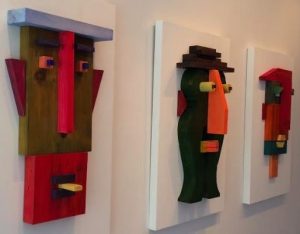
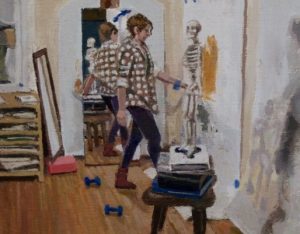
Included in Almost Human are three constructed and painted wood heads. What is interesting is the notion of an individual character and the human instinct to read it as such. A group of forty University of Toronto psychology students have written profiles of the heads. The narratives that they weave reflect their own stories and their characters.
Linda Heffernan: Connectivity
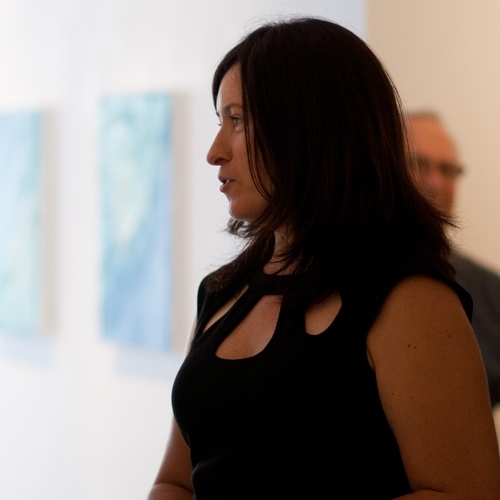
Through painterly interventions, Heffernan creates immersive abstracted landscapes that are as aesthetic as they are critical. As Canada’s geography shifts and moulds under human influence, Connectivity is concerned with humanity’s continual expansion into our natural landscapes.
Her textured works point to the tactility of organic matter, and the ebb and flow of human intervention. Many of her sites of inspiration for the series come from the Canadian Great Lakes Areas of Concern listed on the Government of Canada website, and satellite imagery from Google Earth.
Loop Gallery is pleased to present a new exhibition by Linda Heffernan entitled Connectivity.
After the recent announcement of the American Environmental Protection Agency’s gutting and the withdrawal of the U.S. from the Paris Climate Accord, Linda Heffernan strives to focus on our ability to interact with our land in a sustainable relationship.
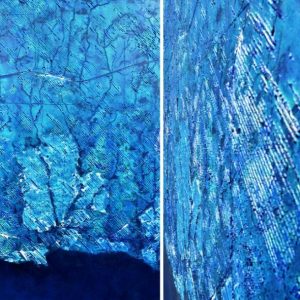
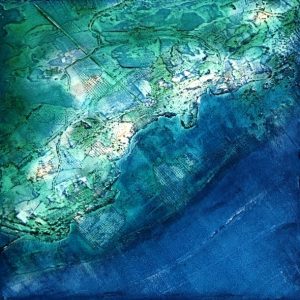
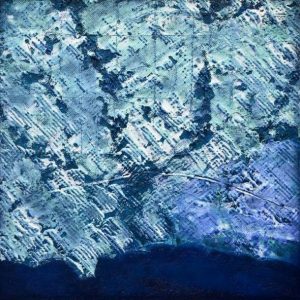
As many of the Great lakes run, there is a shared concern for action in each work. Heffernan’s lines and implied infrastructure, both local and global, suggest a nuanced and detailed network of connections. This patchwork formalizes into broader connecting themes of environmentalism, culture, and painterly practice.
Carolyn Dinsmore: Rock Water Time
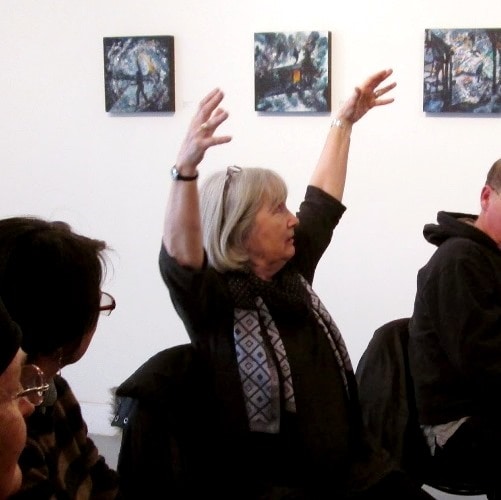
In Carolyn Dinsmore’s new body of work, she draws inspiration from the rock and water of Georgian Bay, zooming in on patterns that are evidence of gradual build-up and erosion layered over infinite time and the always-changing water pushing against and flowing alongside.
Her paintings are close-ups, small sections of rock – hard, smooth, rough surfaces resulting from years in formation, surfaces carved, scarred, polished, and lichened. The water details are caught in motion, sometimes gentle and soothing, to powerful and aggressive.
Patterns, mutations from the unfathomably distant past, still indiscernibly reacting to the elements of nature, contrast with those of constant motion, unpredictable, shifting from surging violent force through gentle rhythmic rippling to mirror stillness.
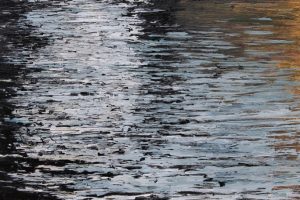
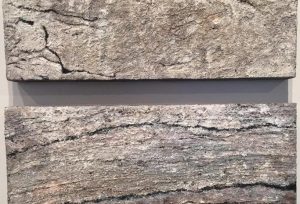
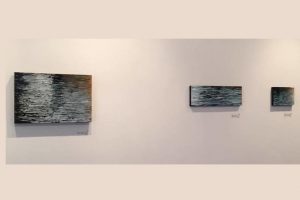
By isolating and highlighting details from the larger landscape, the artist is offering to viewers personal and immediate clues, links to the incomprehensible vastness of the environment and the rhythm of time and change.
Loop Gallery is pleased to present a new exhibition by Carolyn Dinsmore entitled Rock Water Time.
Carolyn Dinsmore studied art history at Queen’s and the University of Toronto and taught high school art before opening a shop specializing in textiles, mostly from India and Africa. She returned to school to study at The Art Centre at Central Tech in Toronto. IT is her third show at Loop.
Sheryl Dudley: The Sea Was Never Blue
Loop Gallery is proud to present The Sea Was Never Blue, an exhibition of new work by Sheryl Dudley. In the artist’s own words:
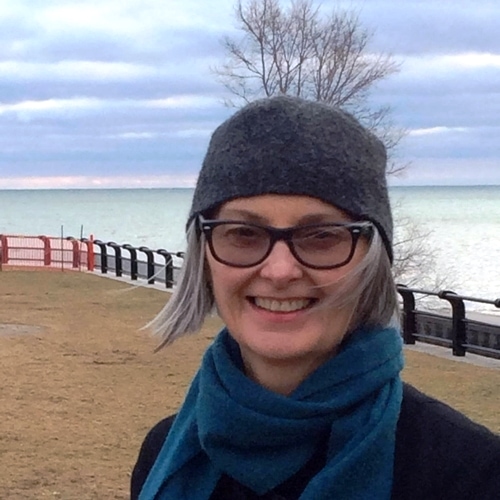
“The series began as an attempt to record incidental moments – a ray of sunlight piercing a kitchen window, clouds casting shadows across tall buildings. Too ephemeral to capture, these moments nonetheless remain embedded in memory, taking on a filmic quality that suggests the quivering shadows of trees or figures walking along a sidewalk.”
The fluidity and weightlessness of ink in this series offer a way of apprehending images that draw on sensation, holding still for a moment that is fleeting and fugitive all around us.
Such moments are the inspiration that drove The Sea Was Never Blue.
Sheryl Dudley is a longstanding member of Loop Gallery who has exhibited extensively, both within Canada and internationally.
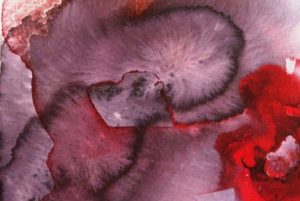
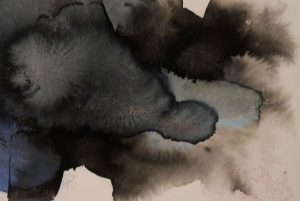
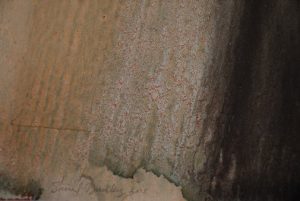
J. Lynn Campbell: Soliloquy
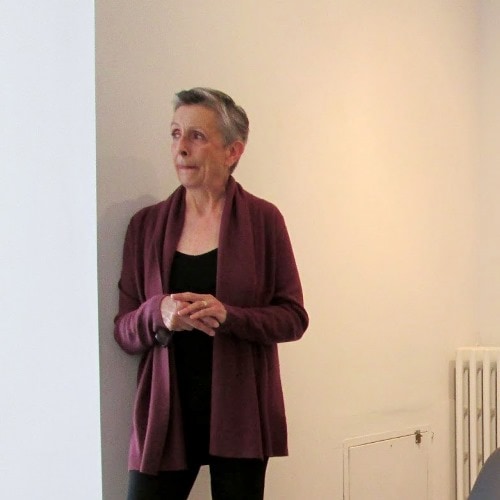
J. Lynn Campbell is a Toronto-based artist who trained at the Ontario College of Art (now OCADU), with independent studies in France, Humanities at the University of Toronto, and Philosophy at York University. Her practice extends from two-dimensional collage to three-dimensional construction and site-specific installation. She has exhibited in Canada, Italy and Germany. Her work is included in private, public, and corporate collections.
As J. Lynn Campbell worked on the pieces in this exhibition, one word kept coming up: soliloquy. Exactly! For a while, the making of art may be a solo pursuit and reflection – it is no more monologue. The soliloquy, allows the thoughts and motives of its speaker to be known to the audience.
Loop Gallery is proud to present Soliloquy, an exhibition of new work by J. Lynn Campbell.
An exhibition – at its best – is similarly revelatory of the thoughts of the artist. For both the dramatist and the artist, an exploration of metaphor and material is the road toward meaning.
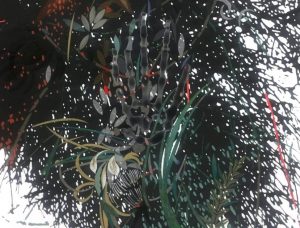
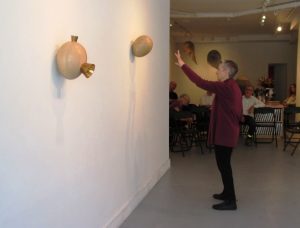
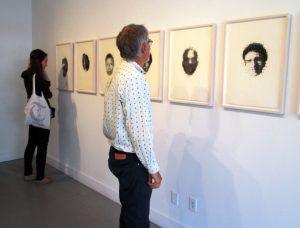
The most renowned of soliloquys is, of course, Hamlet’s. Its existential and political questions have rarely had more relevance than in our particular historical times. Campbell found that reflections on world events led to questions for which there are few obvious answers. And so, this work began in a context evocative of the tragically reflective Danish prince. Not knowing what she had to say or how to say it.
Still, amid uncertainty, the action remains essential. While the thought is never absent in doing work or making sense of our world, Campbell found that her exploration of materials set thoughts on new trajectories, and both ideas and materials evolved as she worked.
“The artist takes up her chosen forms and shapes and combines them to invoke meaning for herself and us. As viewers, we reflect on these intersections in our meaning-making. The works in this show address the fundamental fear and solace of the natural world – of which we are a part – and the oft-tragic beauty of our desire to make our place in it,” Joyce Mason.
